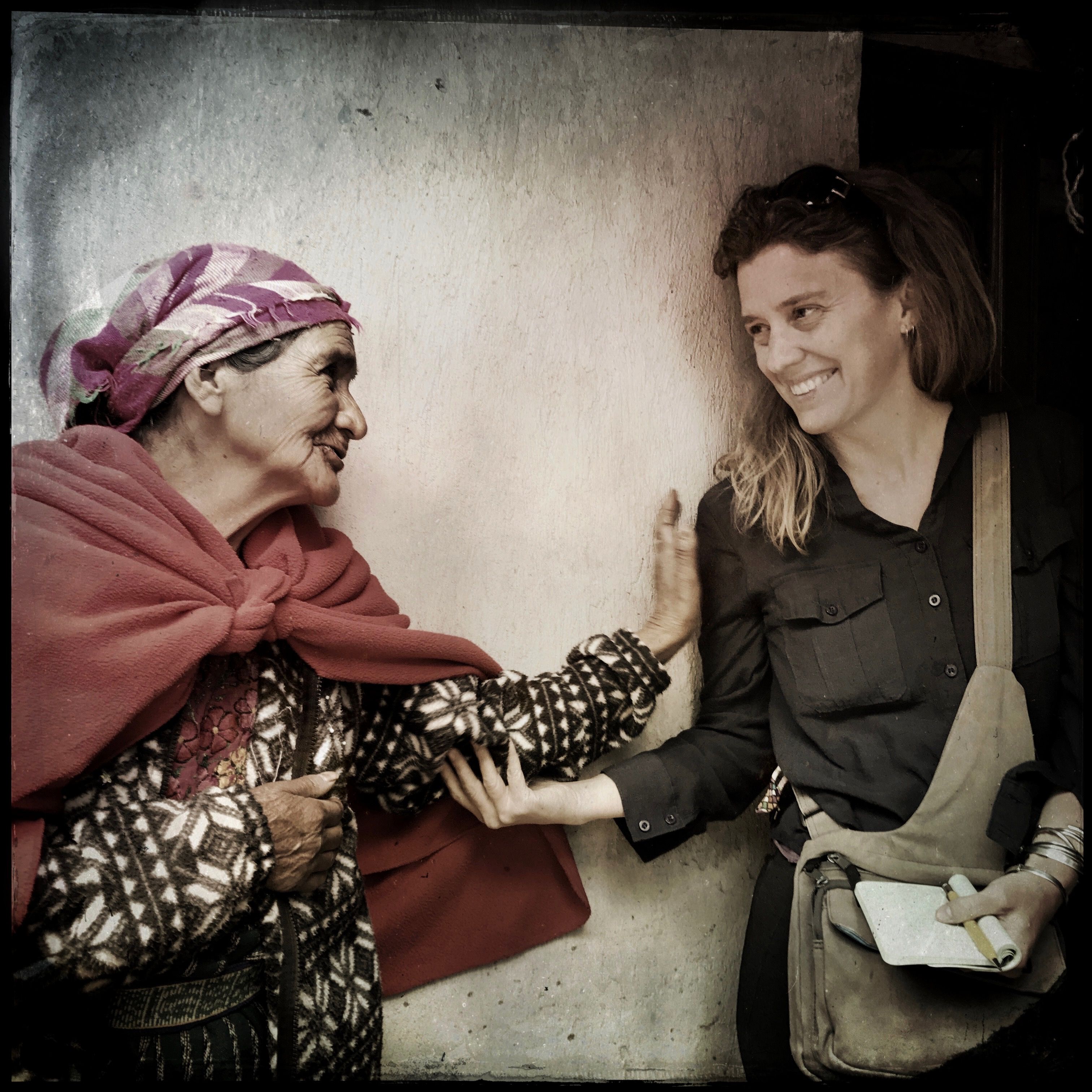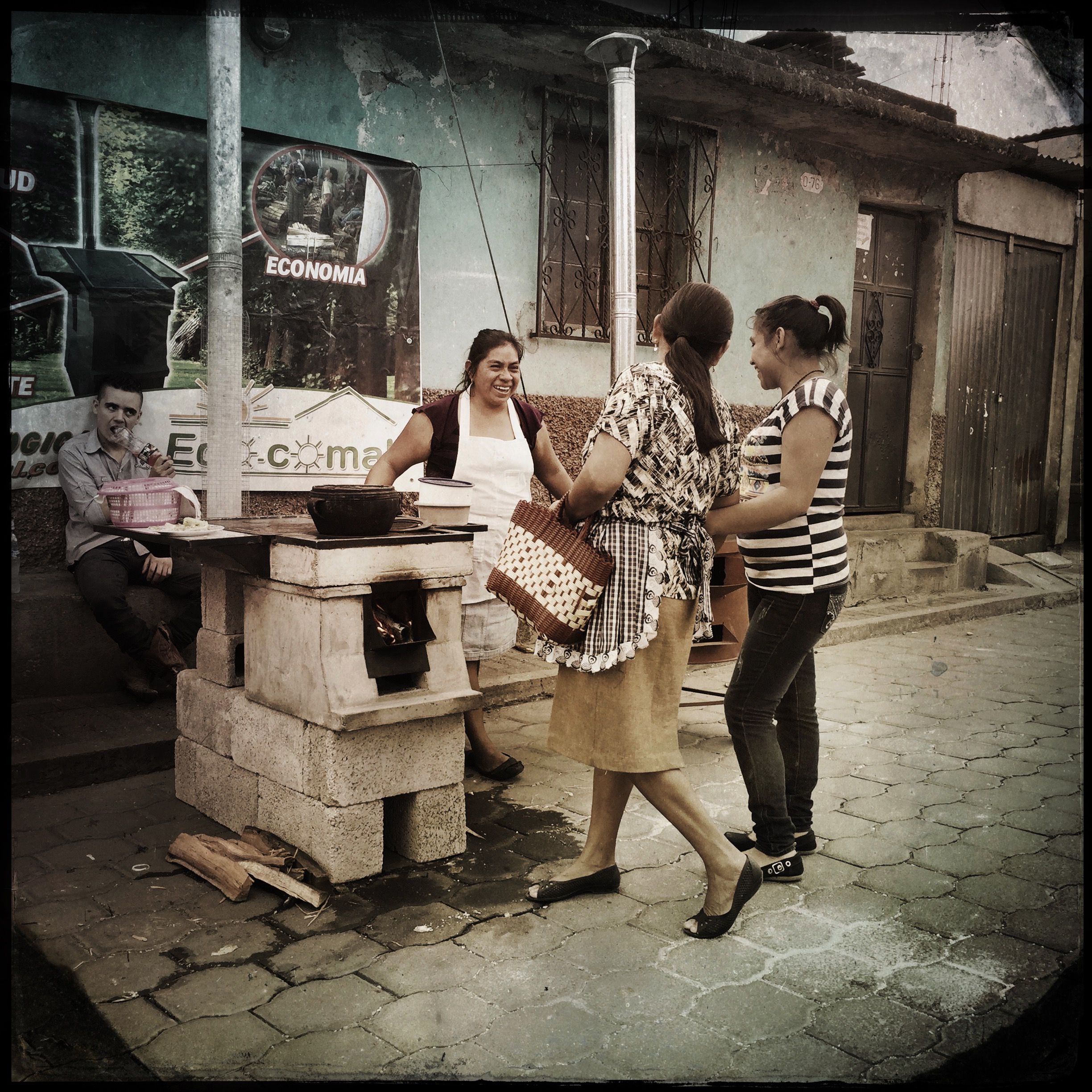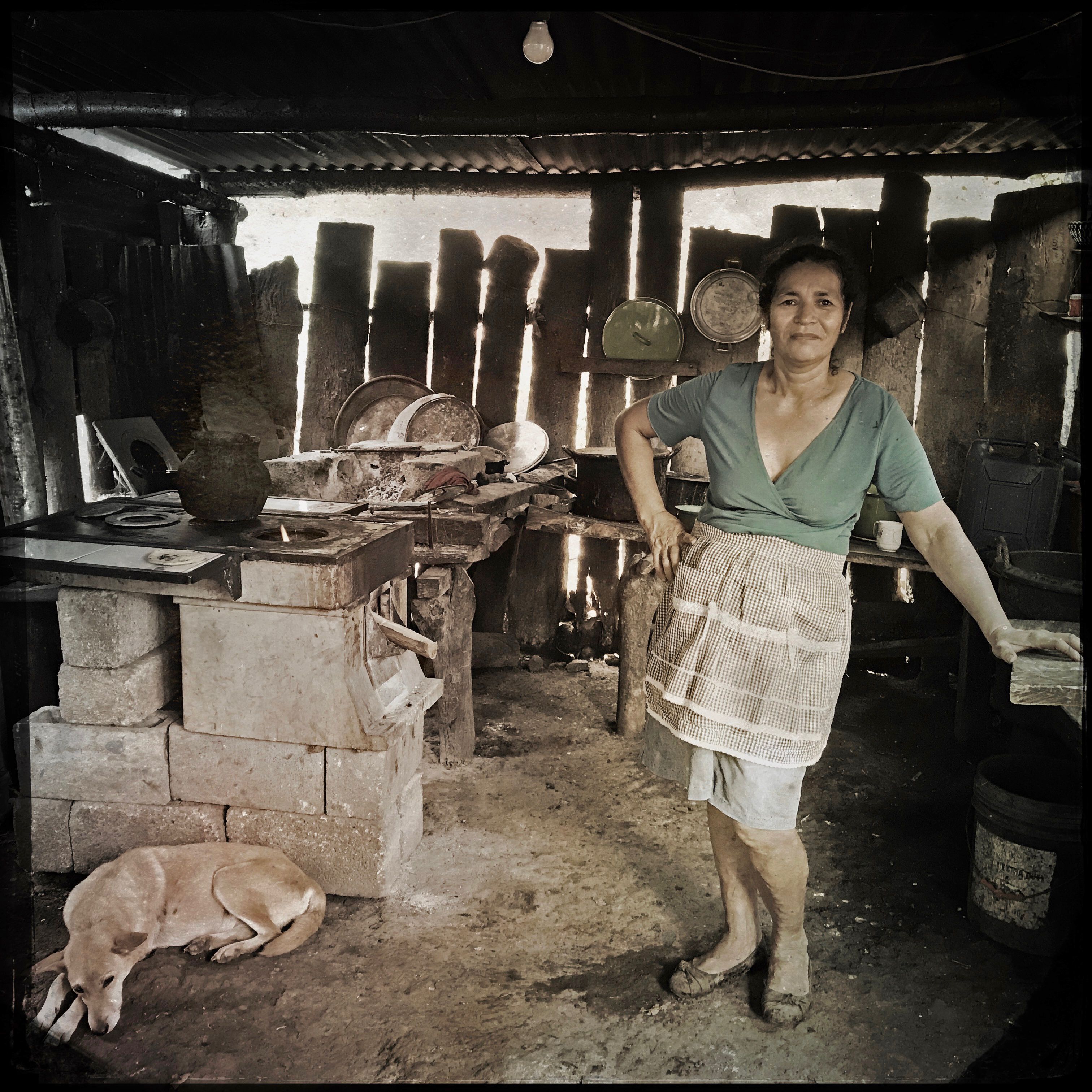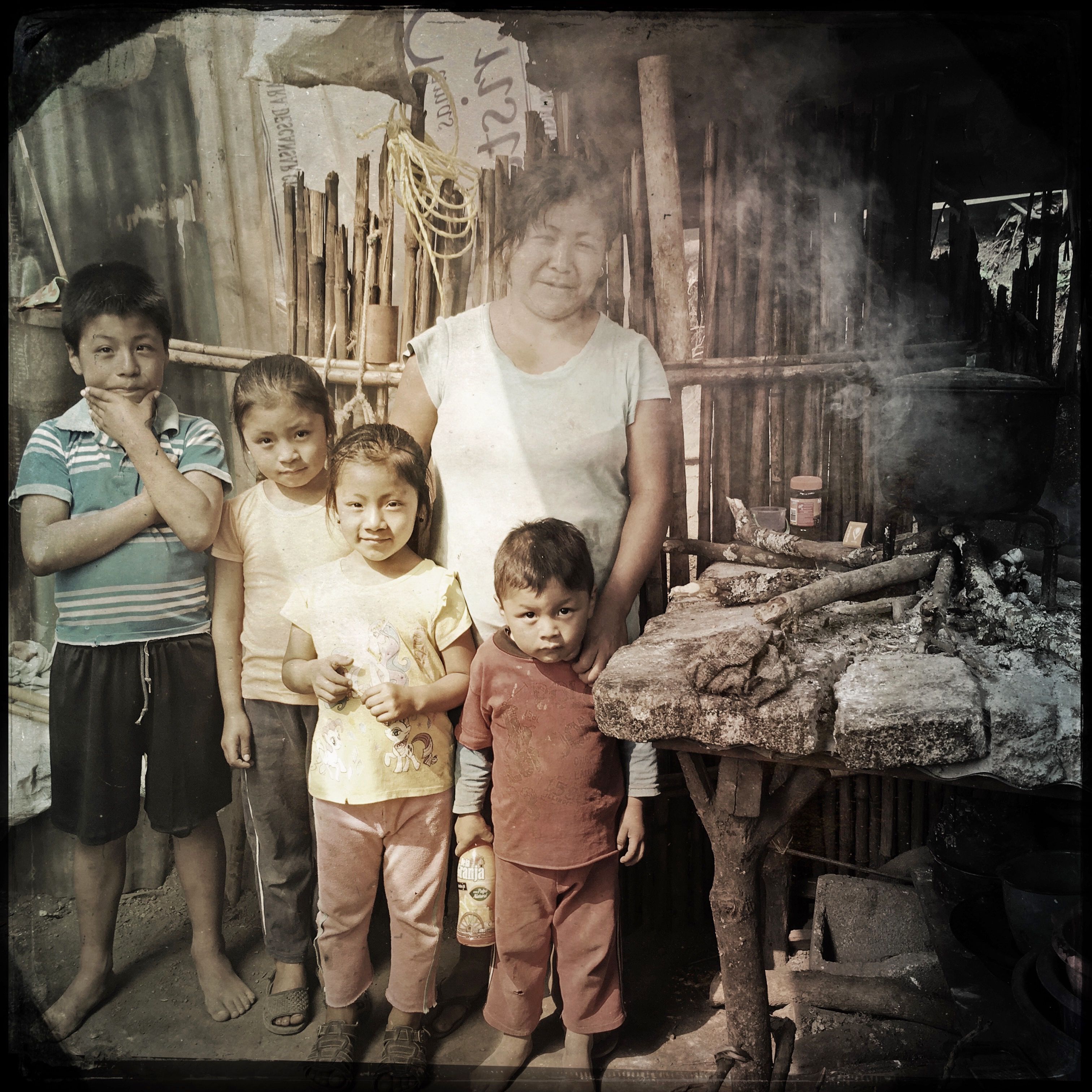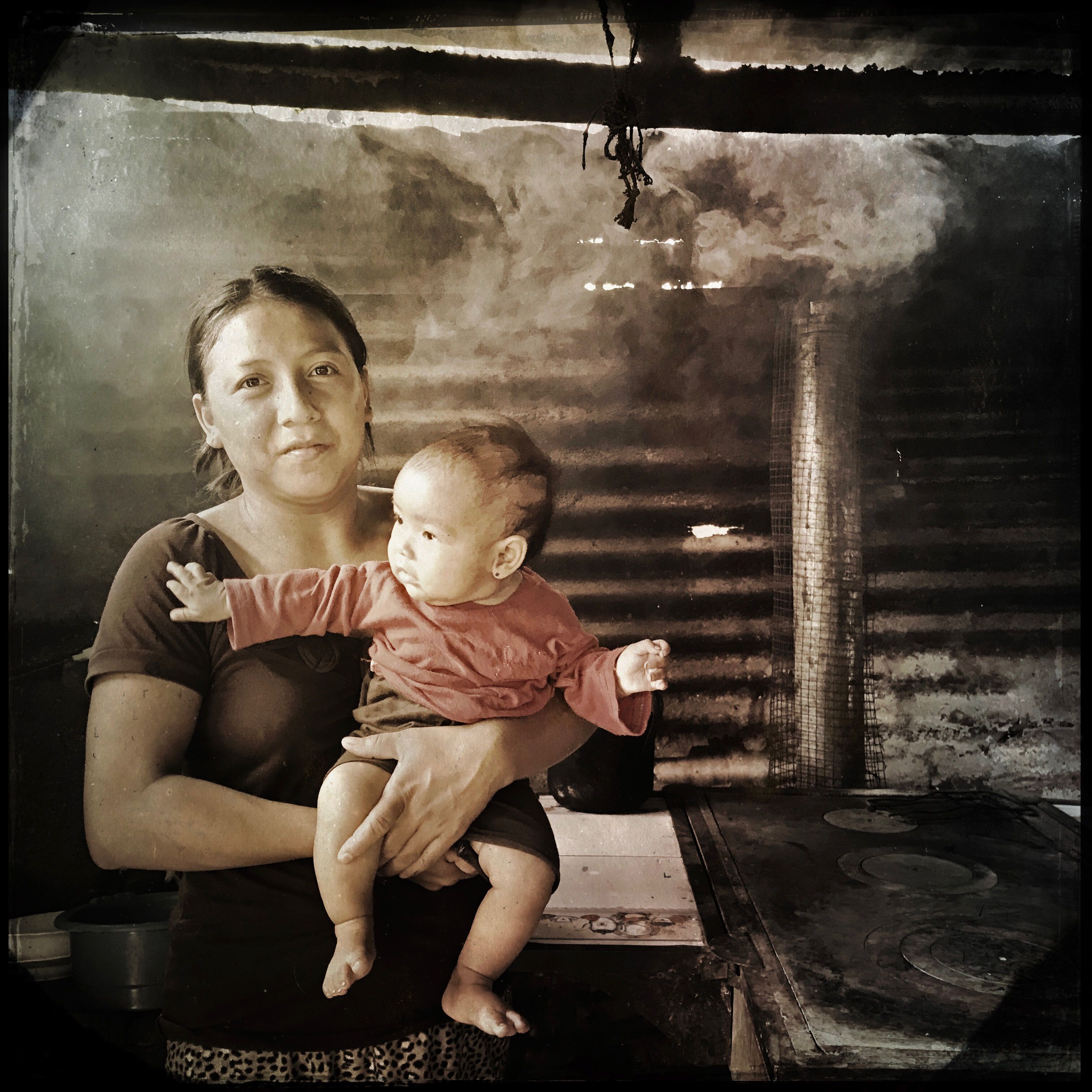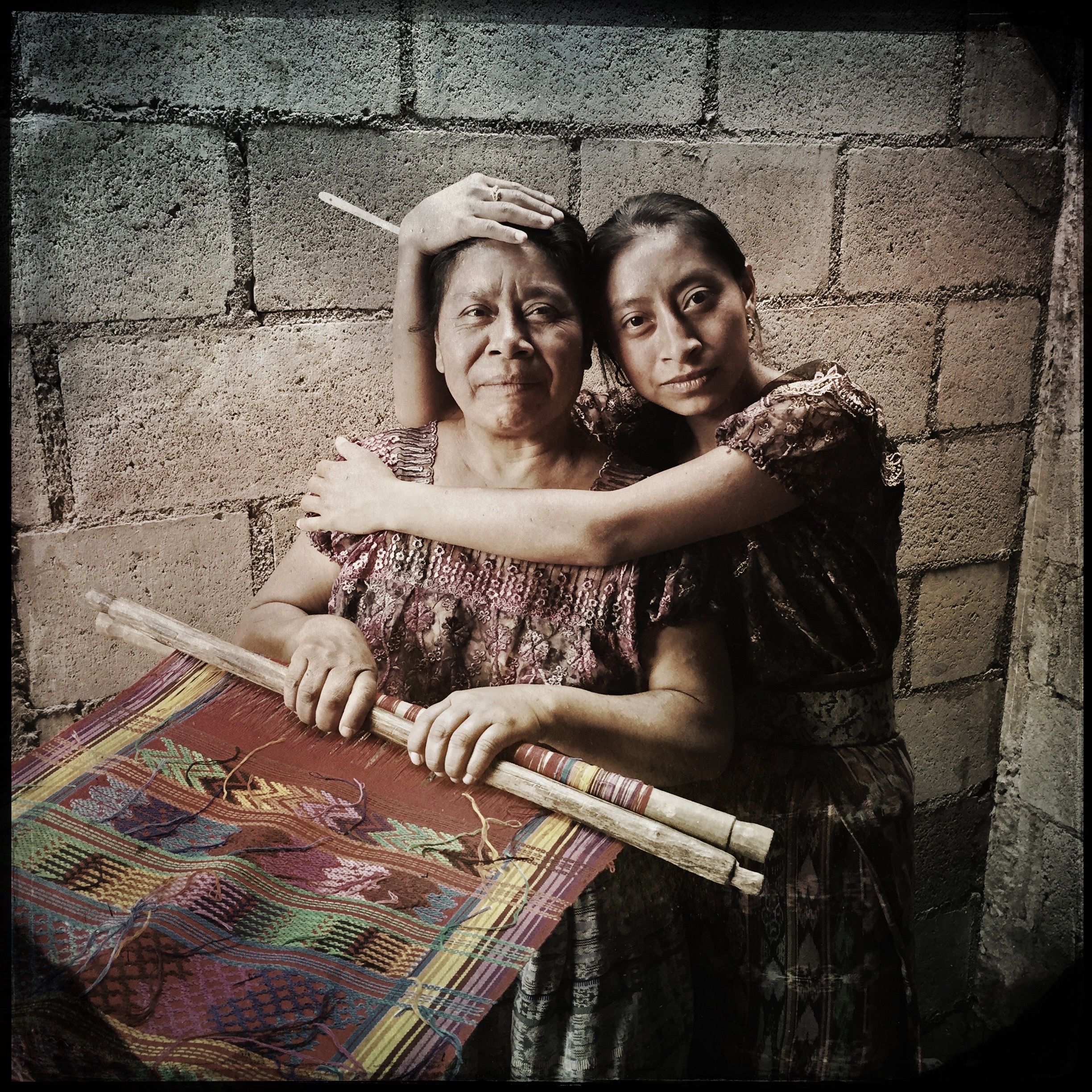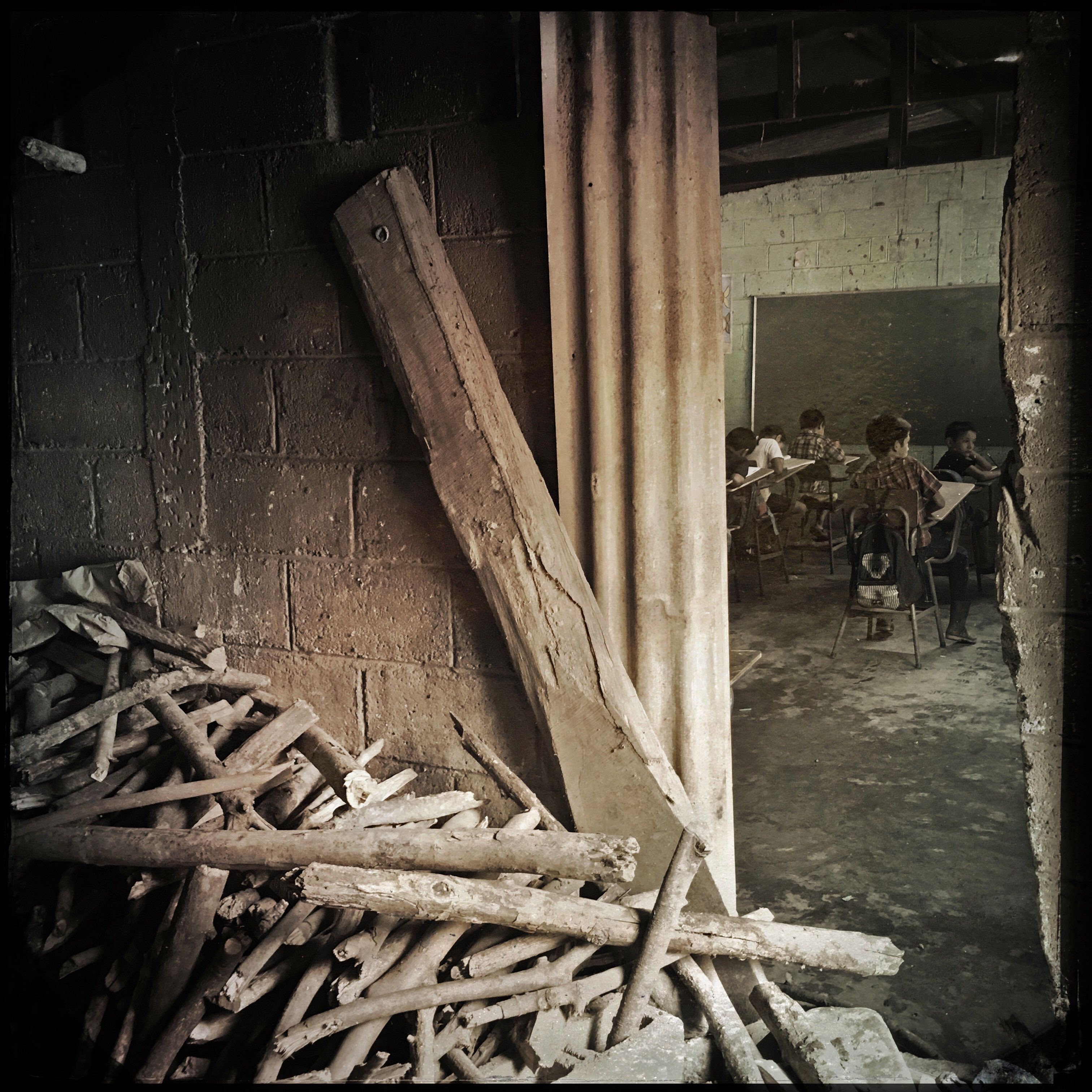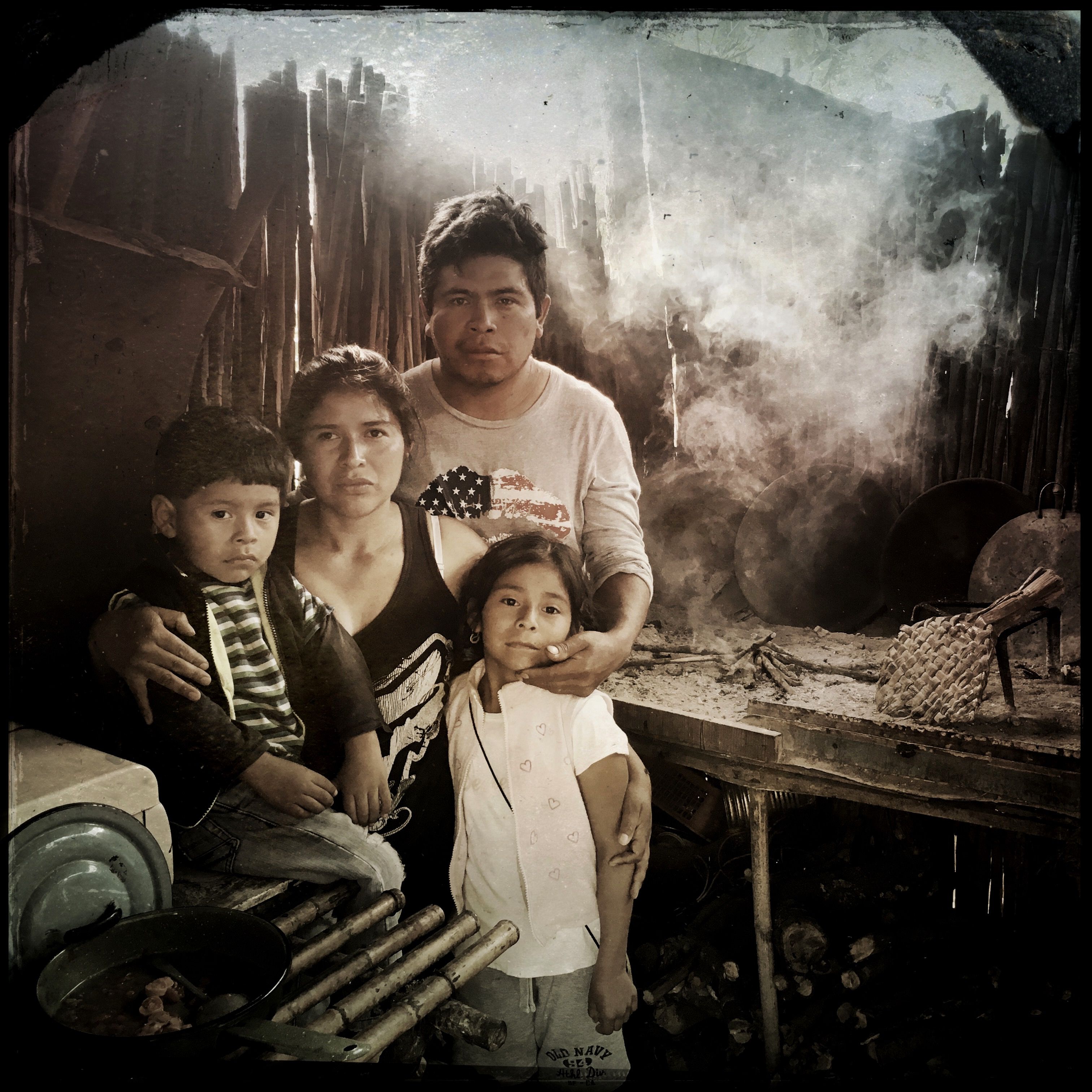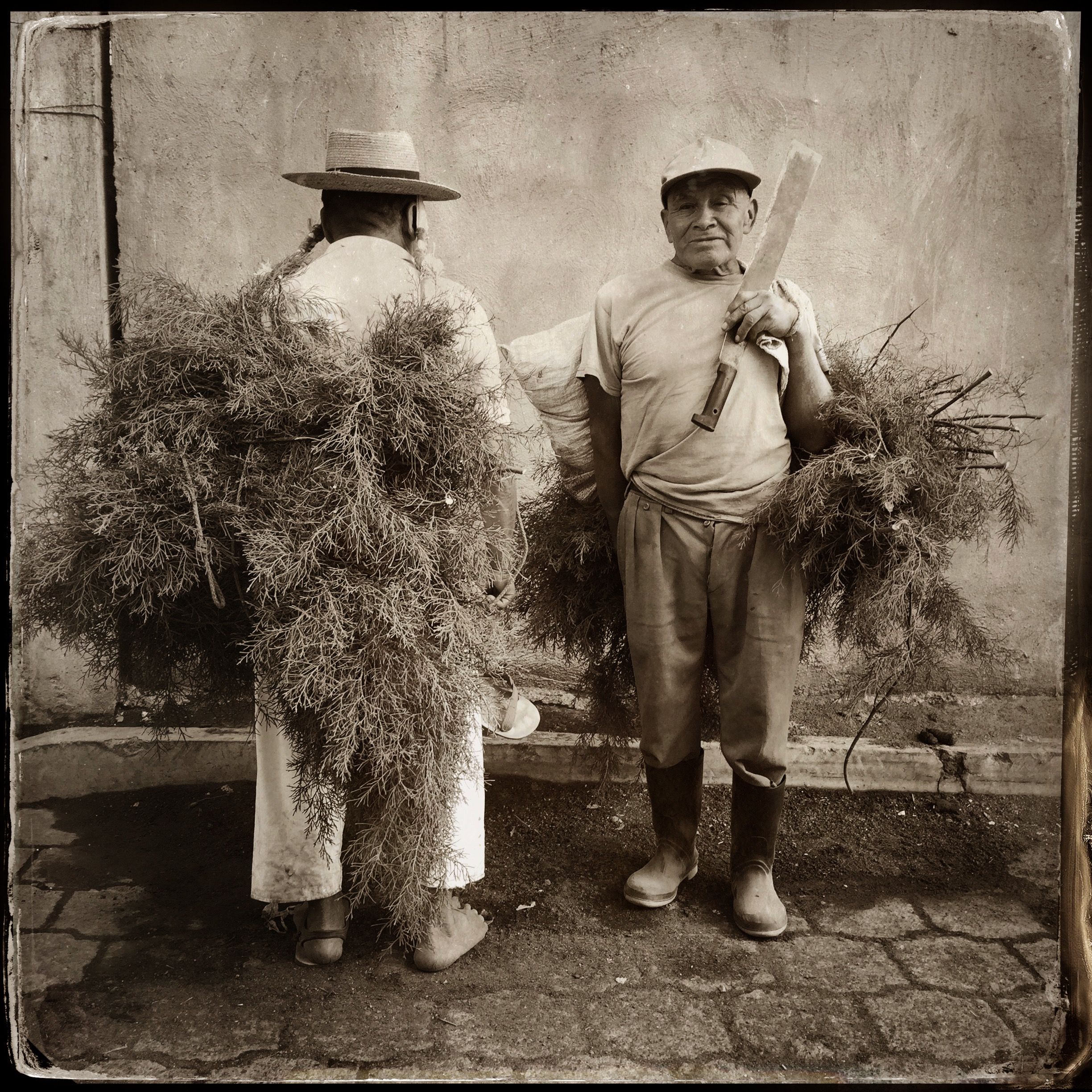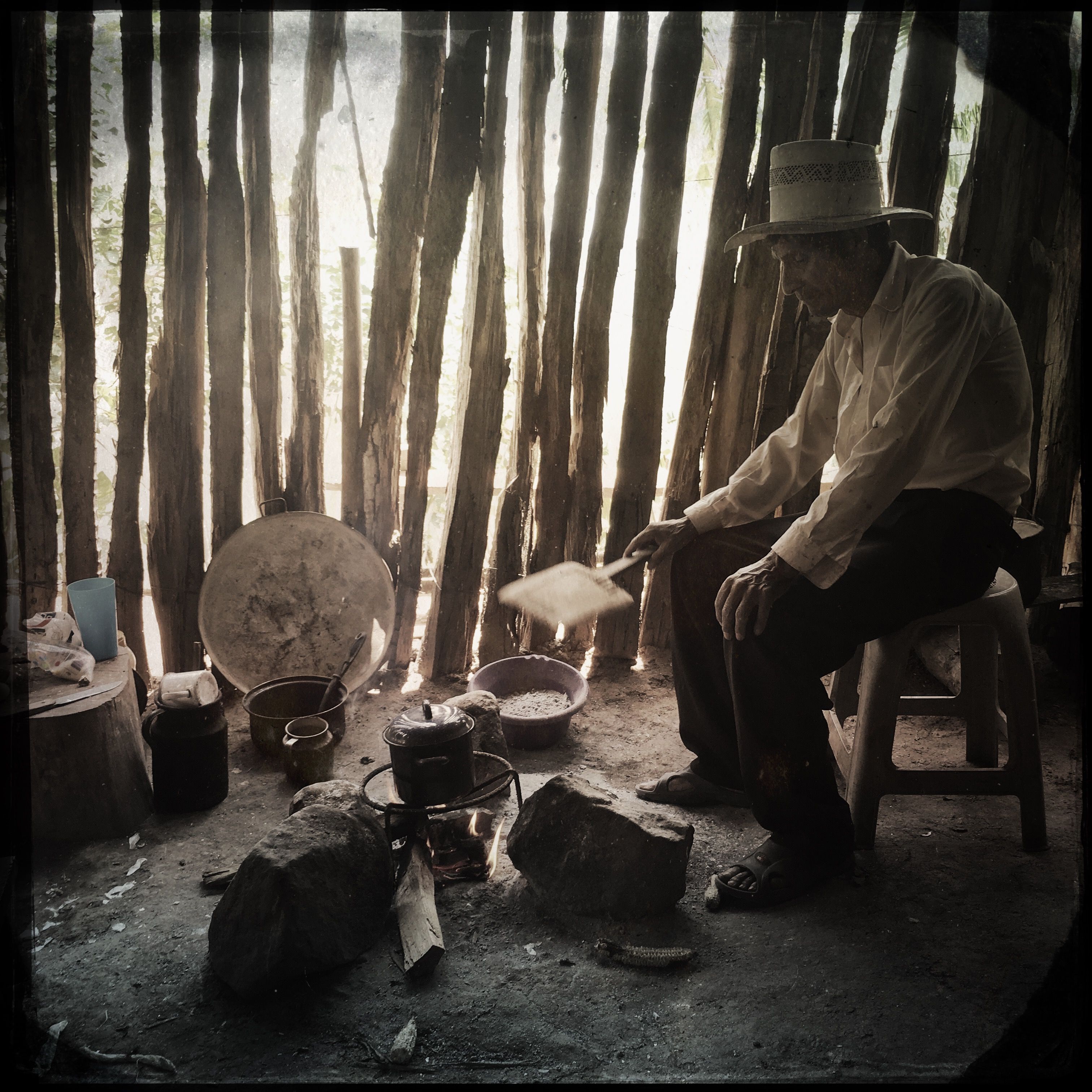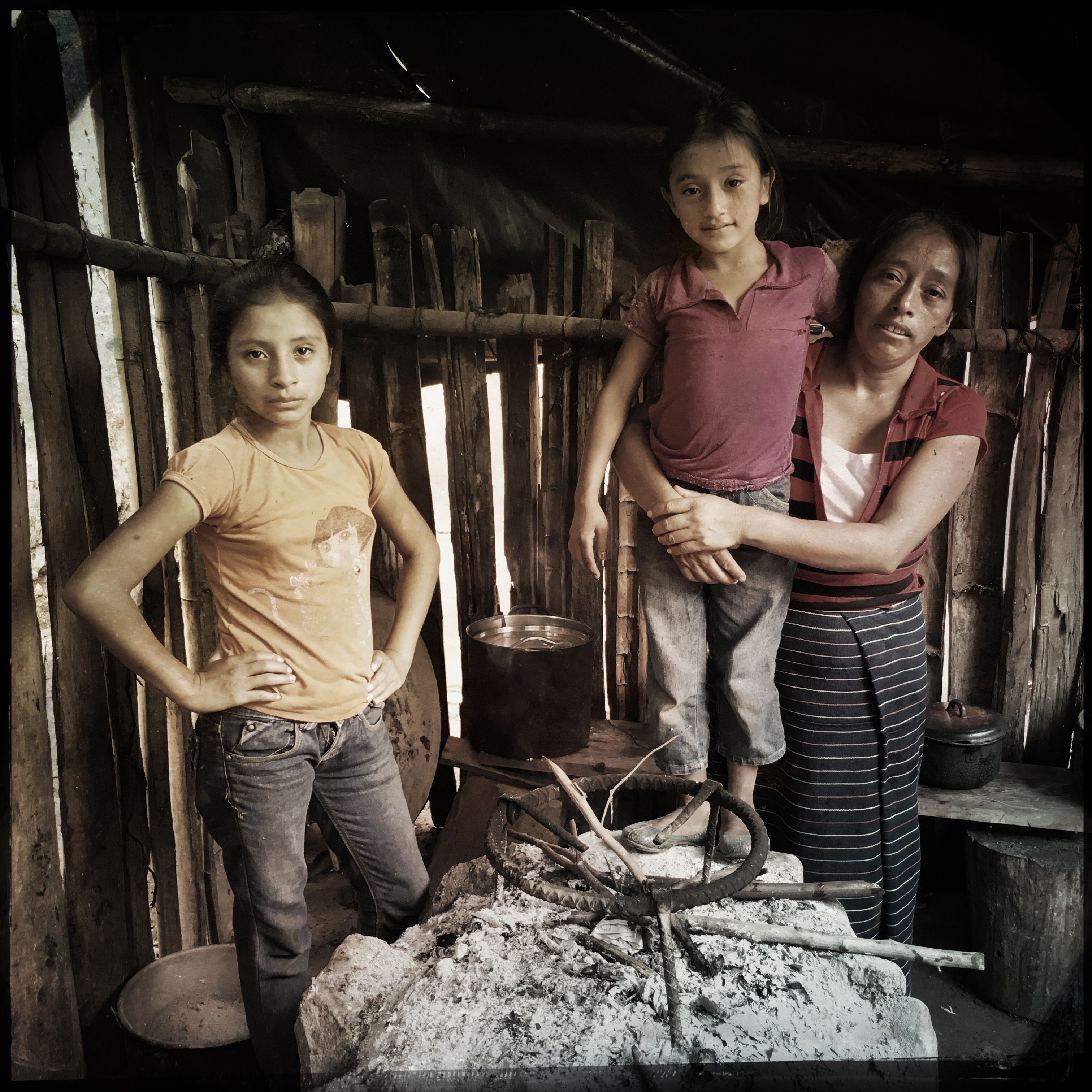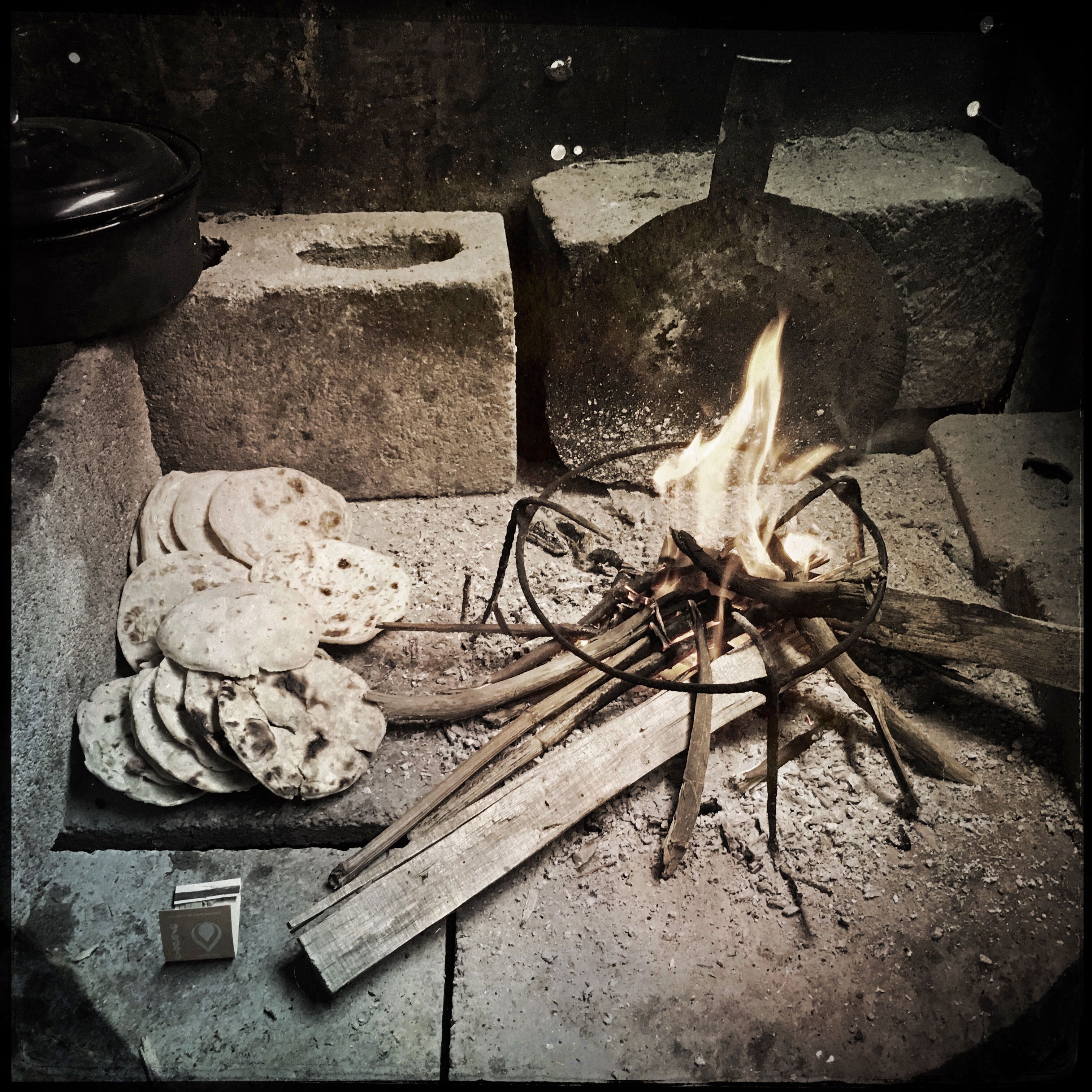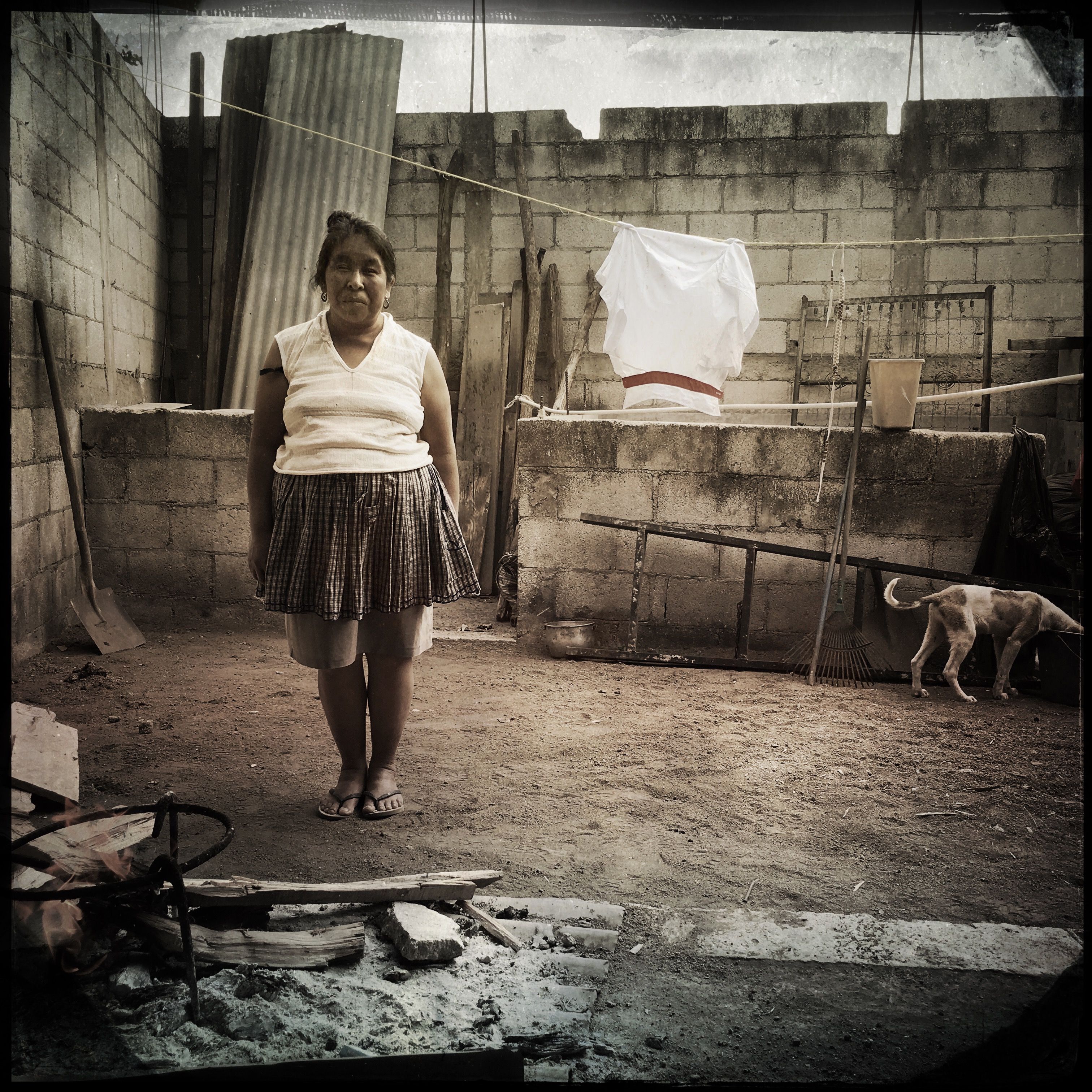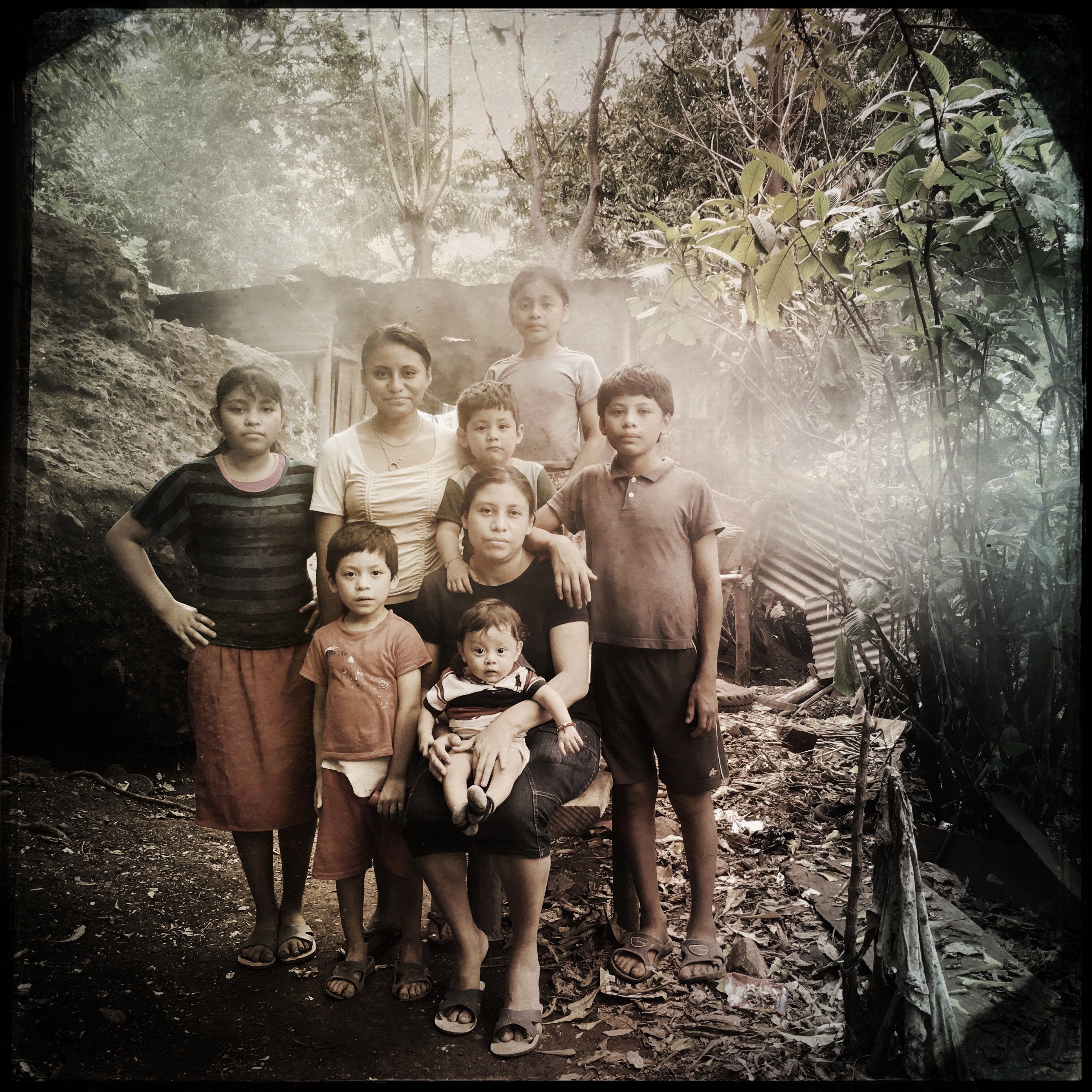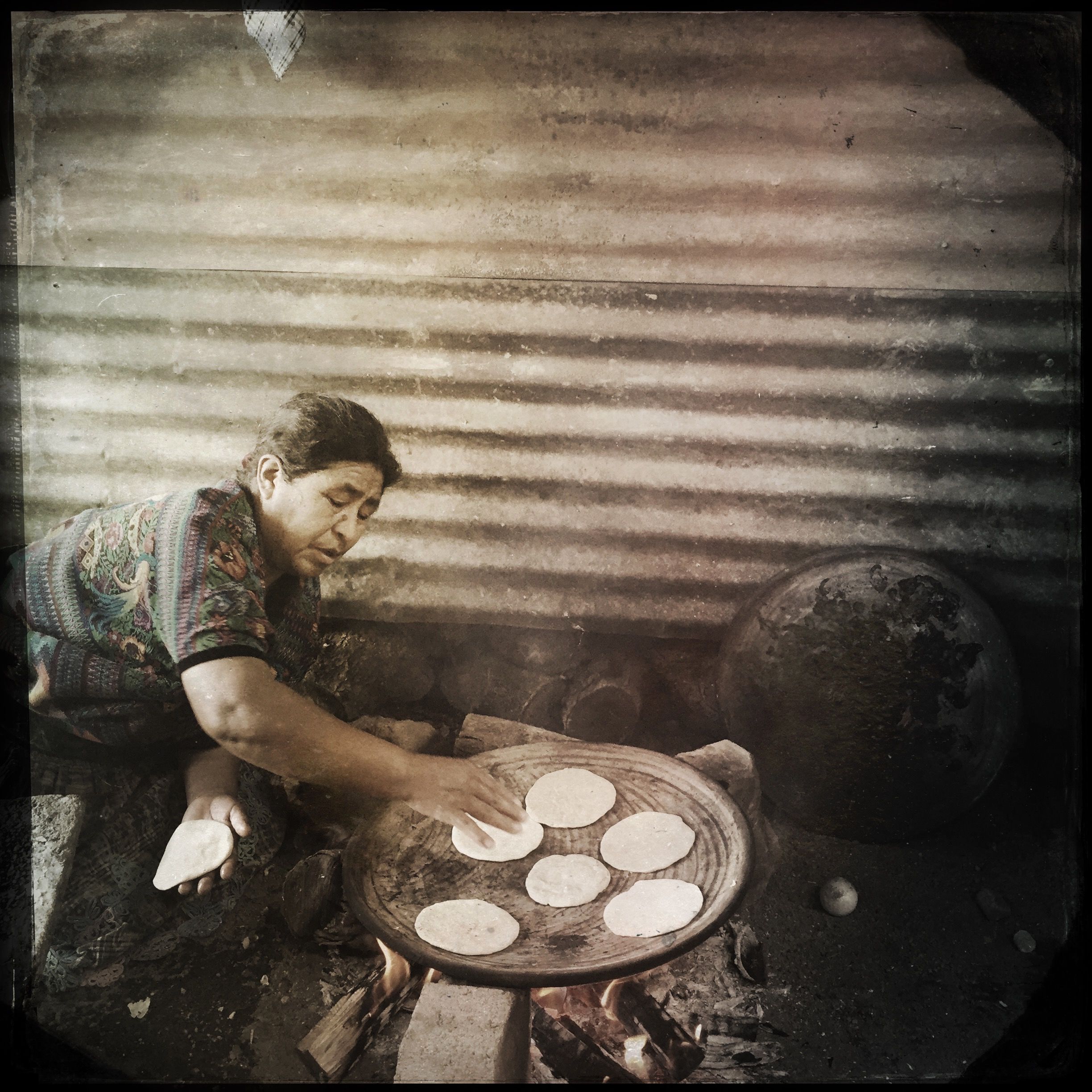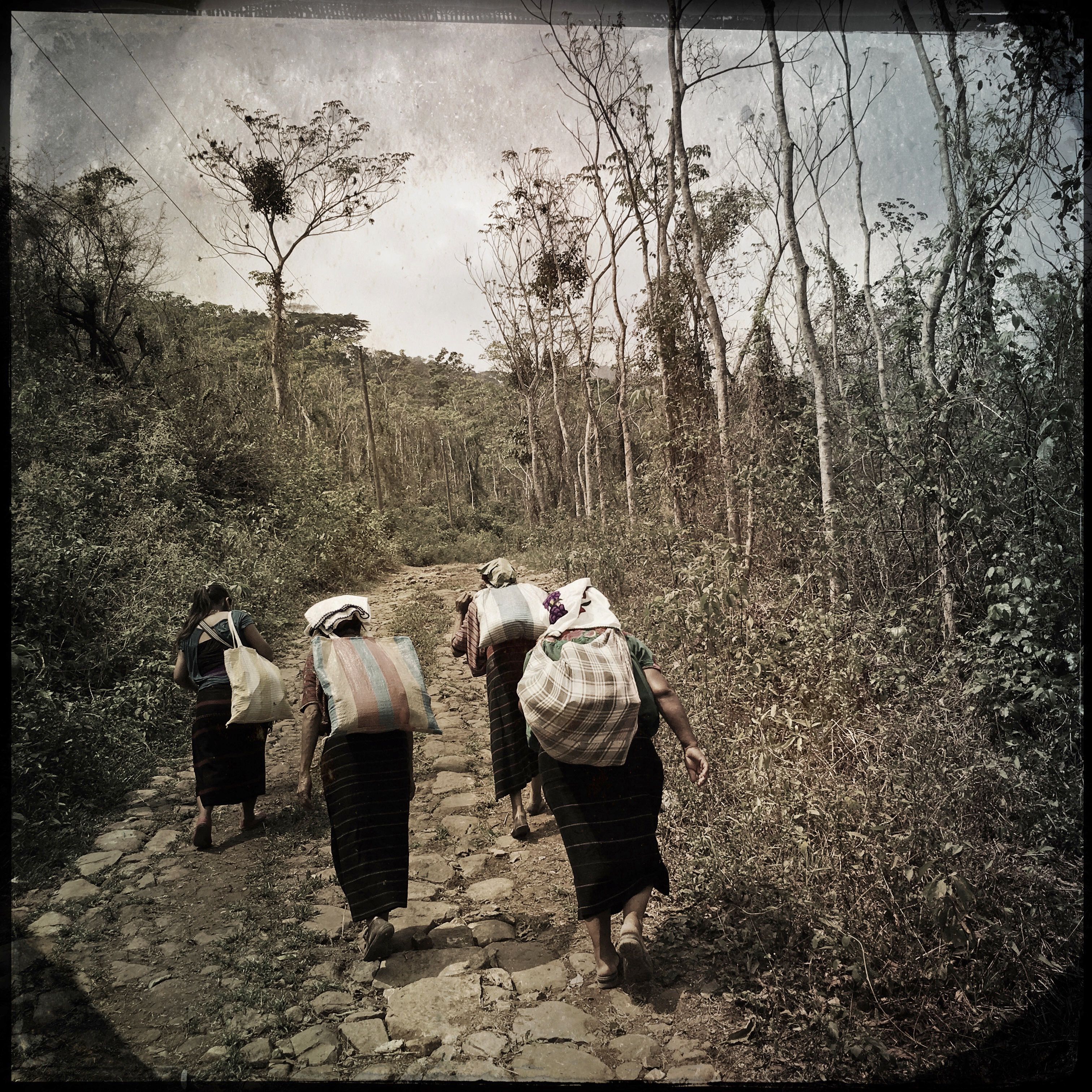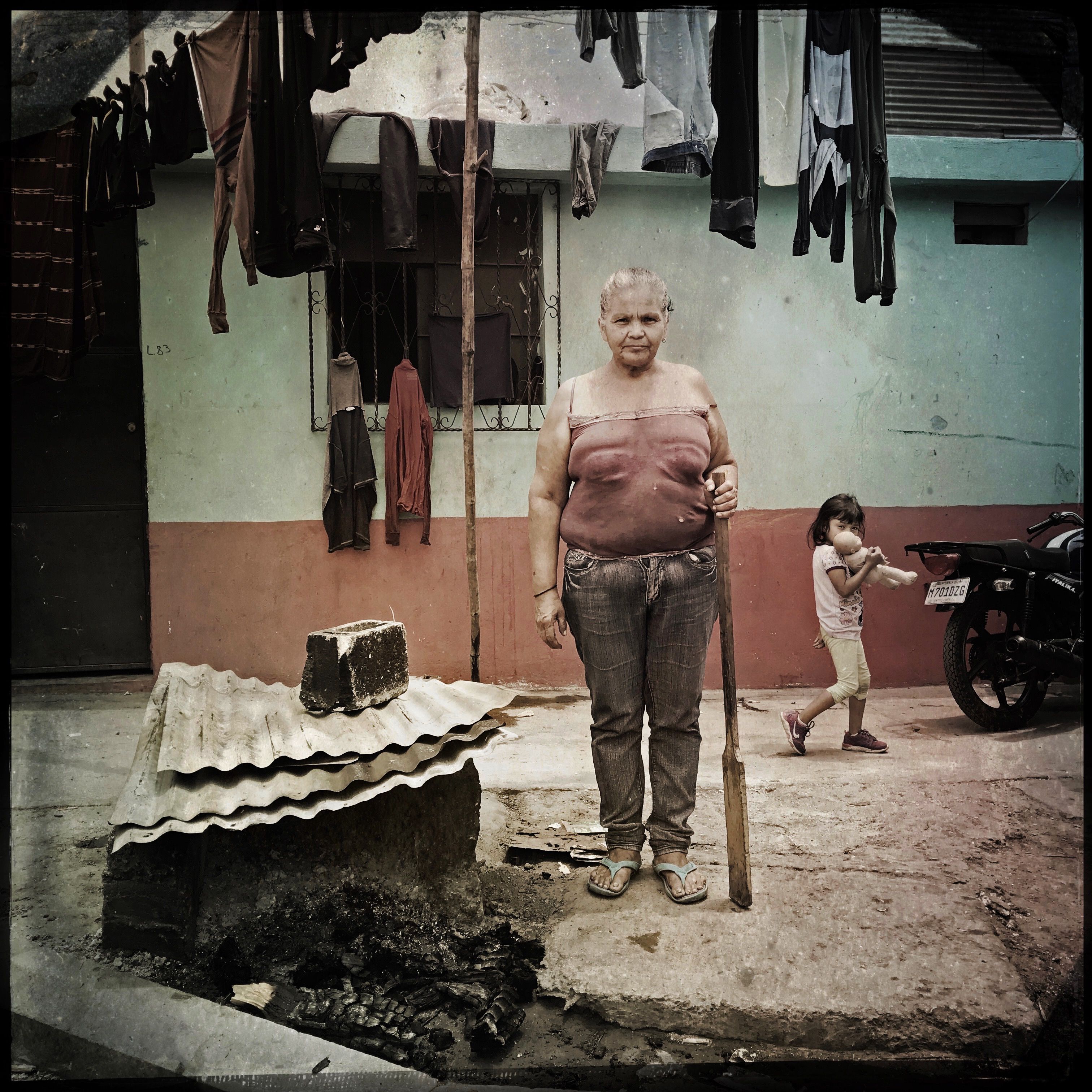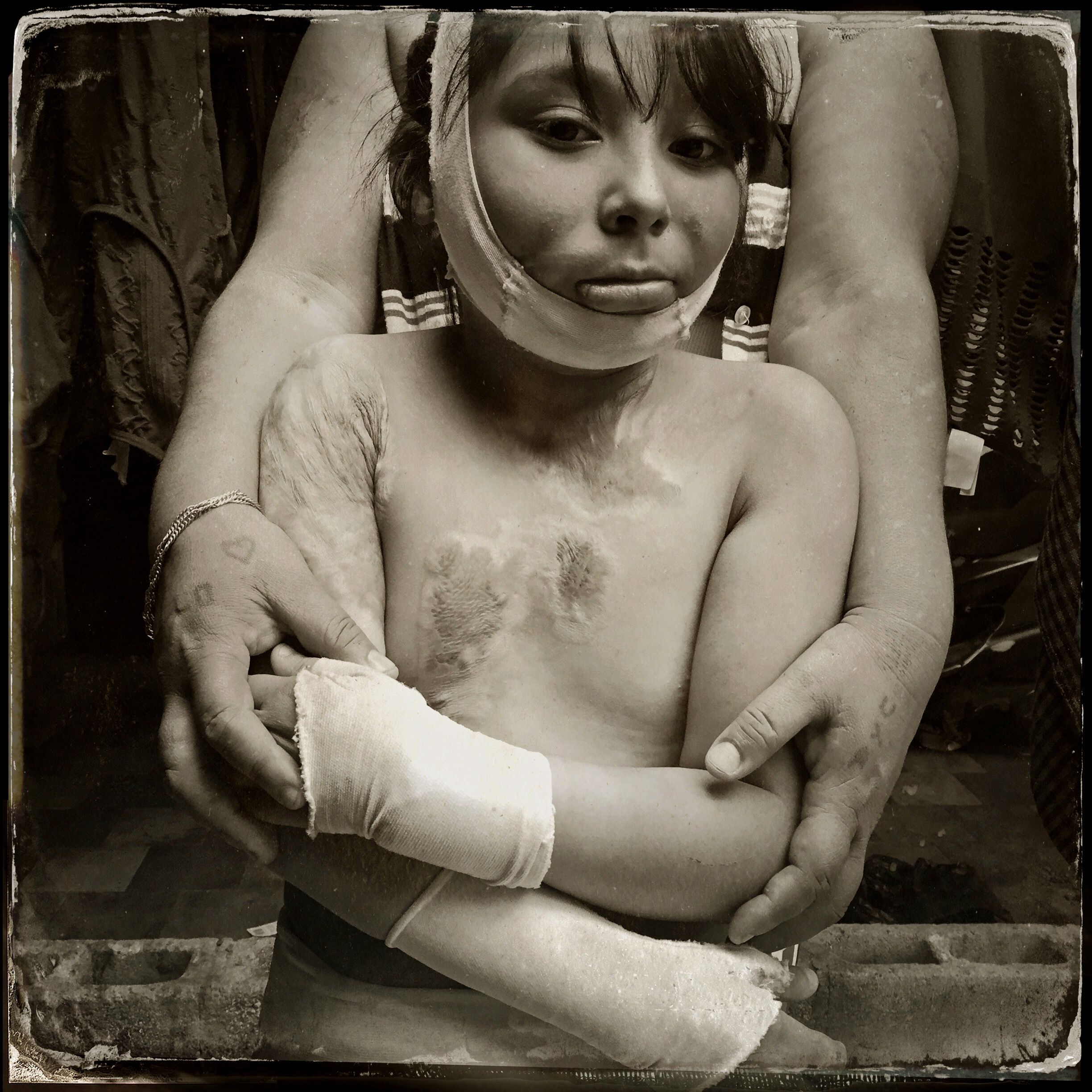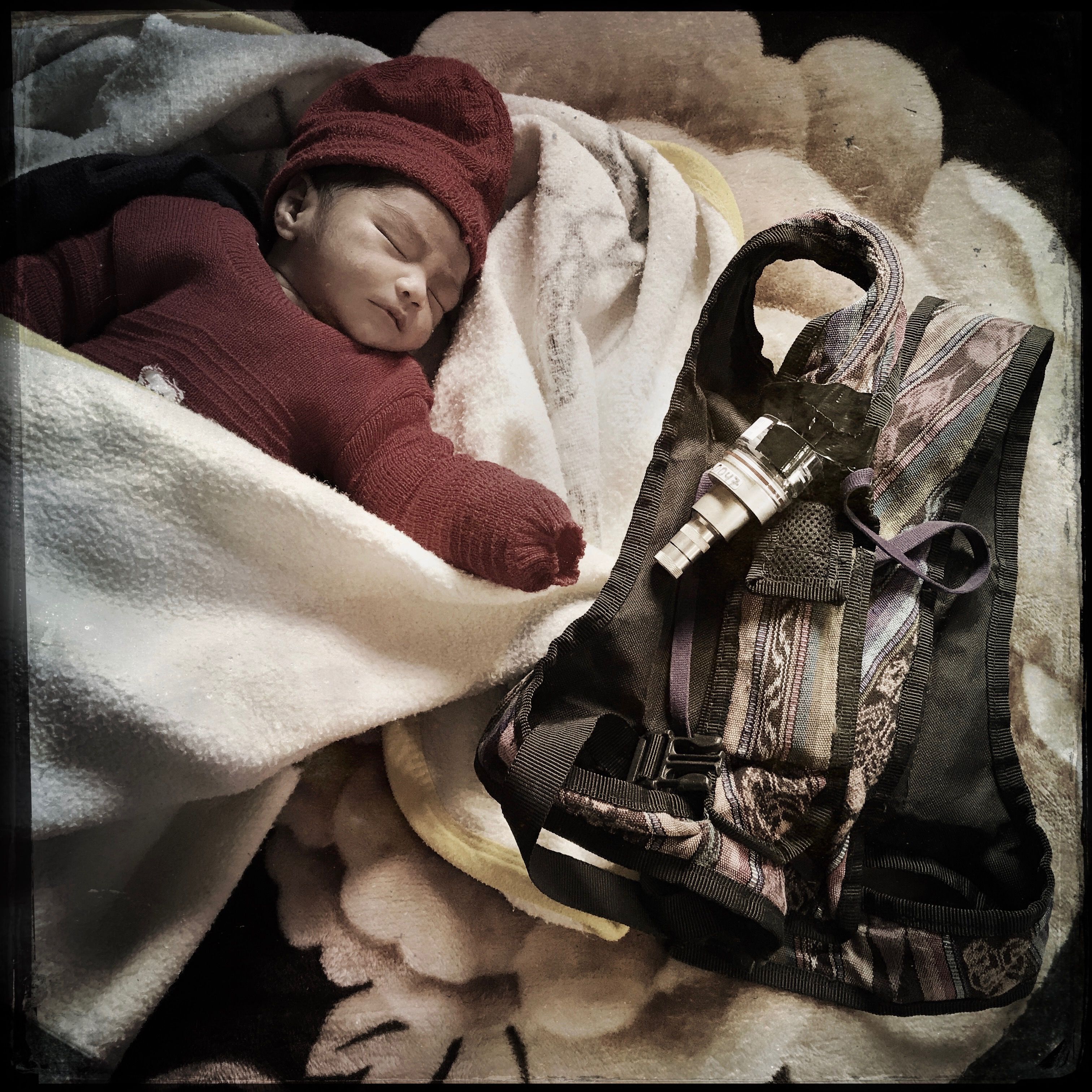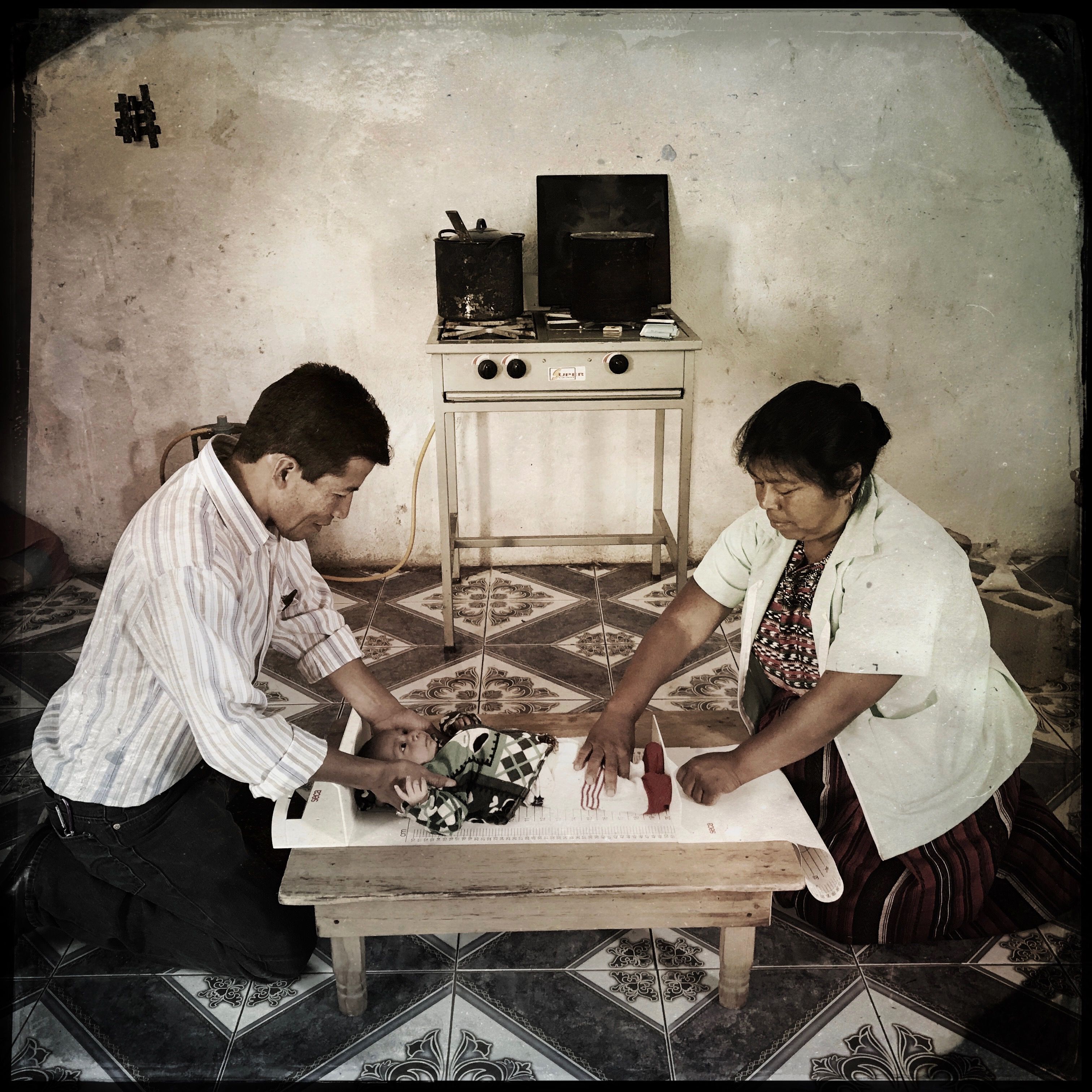Some three billion people around the world cook their food and heat their homes with open or barely contained fires, and while the smoke dissipates quickly, its accumulated costs are steep. The typical cooking fire produces about 400 cigarettes’ worth of smoke an hour, and prolonged exposure is associated with respiratory infections, eye damage, heart and lung disease, and lung cancer. In the developing world, health problems from smoke inhalation are a significant cause of death in both children under five and women. “The first thing we swallowed every morning was smoke,” remembers Marco Tulio Guerra, who grew up in rural eastern Guatemala and whose brother was severely burned as a child by the family cooking fire. To fuel the smoky fires, families can spend 20 hours a week or more gathering wood, time that might otherwise be spent at school, at work, or simply at rest.
Wood-burning household fires and inefficient stoves cause broader suffering, too. The firewood trade promotes deforestation and also provides cover for timber smuggling, since wood from rare trees can be hidden among logs from more common species. The smoke from cook fires pollutes the air outdoors as well as indoors, especially in cities. And as a major source of black carbon—a sunlight-absorbing pollutant—the world’s billions of household fires are also thought to be accelerating the effects of climate change, speeding the disruption of monsoon cycles and the melting of glaciers.
For the past several decades, a diffuse network of engineers and philanthropists has invented and distributed hundreds of different kinds of improved stoves throughout the developing world, ranging from tiny, gas-powered camping stoves to wood-fired ranges large enough to feed a dozen. But for a stove to be fully accepted by a household, both stove and fuel must be affordable, accessible, and easy to use—goals that aren’t easy to achieve simultaneously. And in places where the social status of women is still tightly tied to the quality of their cooking, woe to the stove whose output doesn’t measure up to local culinary standards. “When I started this work, I thought it was just a matter of choices and appliances,” says Radha Muthiah, the chief executive officer of the Global Alliance for Clean Cookstoves, which was founded in 2010 and is hosted by the United Nations Foundation, with support from public and private funds. “But as you get into it, you realize there are so many different considerations.” Muthiah and other stove experts emphasize that there is no single ideal stove or ideal fuel, as every household, every community, and every culture has different needs and priorities: a stove designed for rural Guatemala may well be completely impractical in Nairobi.
Pulitzer grantees Lynn Johnson and Michelle Nijhuis traveled to Guatemala in April 2017 to investigate the surprisingly complex problem of household smoke. Their story appeared in the September 2017 issue of National Geographic.

